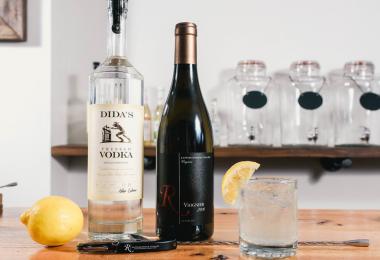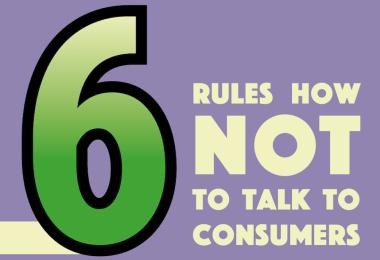Consider the wine producer facing a cash flow crisis. Or winemakers with more wine in their tanks than they need. The usual solution is either to sell a batch of wine cheaply under the producer’s own label – a risk to the brand’s value – or to offload it in bulk to another producer for the best possible price, which rarely reflects the value of the wine.
In Australia, where wine gluts are a recurring problem, excess wine has often been sold to retailers as ‘cleanskins’, or bottles whose labels reveal the grape variety and region, but which give no clue to the identity of the producer. No Australian company has, however created a high-profile cleanskin brand – because the point is to strip the brand name and dump excess, not create an ongoing product. And yet a high-profile brand is precisely what two South African retailers have created, with great success.
Two concepts
The first and biggest of these, one of South Africa’s top 20 brands, is called Odd Bins (despite having no link to the well-known UK retail chain of almost exactly the same name) and was introduced by wine buyer Mark Norrish for Shoprite, the country’s biggest food-and-drink conglomerate, in 1993. Sold exclusively in its Checkers stores, the brand exploits the umbrella slogan: “There’s a famous wine estate in every bottle”.
The identity of the ‘famous estates’ is kept firmly hidden behind bin numbers. So shoppers can, for example, choose between Bin 921, a Cabernet Sauvignon/Shiraz described as tasting of ‘Wild berries & liquorice with hints of black pepper on a lingering finish’, and Bin 956, a Cabernet Sauvignon/Merlot with ‘An attractive sweet raspberry nose with firm tannins and oak on the palate’.
All of these wines are sold at prices that are higher than some of the same styles on neighbouring shelves, but at what the Checkers’ promotional material claims to be ‘a fraction of the original estate price’. The range has picked up a convincing set of “Best Value” awards.
Norrish created another set of award-winning wines – the Secret Cellar range – when he moved to Ultra Liquors in 2007. He is particularly proud of successes such as the trophy he recently won for a sparkling wine, and says that the producer, whom one might have imagined to have mixed feelings about not getting recognition for their wine, is equally delighted.
Norrish only buys Secret Cellars wines from wineries whose branded wines he already sells. “I’m getting more and more offers from wine farms – the brand has grown by 100% every year since we launched it three years ago, and I expect it to go on doing so.” Some of the wine is bought in tank, such as the batch of 60,000 L of Sauvignon/Semillon he blended recently after an unexpectedly big harvest in Stellenbosch; some is in bottle. The target selling price for the Secret Cellar wines is under ZAR35.00 ($3.25); if under its own label, the wine might command ZAR90.00 ($8.41). For more premium wine, Ultra Liquors is now introducing a Top Secret Cellars brand. As Norrish says, “The poor need a bargain; the rich love a bargain”.
The key difference between the Checkers and Ultra concepts lies in the way the wine is selected. Ultra relies exclusively on its ‘wine guru’ discovering the ‘hidden treasures’ in producers’ cellars. At Checkers the process is more collegiate. Producers are invited to register and submit samples for tendered styles via the oddbins.co.za website. After a first pre-selection by wine buyer Stephanus Eksteen and a team of experts, the chain’s customers contribute to the process by taking part in tastings to decide which wines will be given their own bin numbers and make their way onto the shelves. Even when a producer sells consecutive wines as Odd Bins, the number will change. As Eksteen says, “The nice thing of changing the bin number is that you don’t have to keep to the same style, say, of Sauvignon Blanc from one harvest to the next.”
Good for consumers
Clearly, the concept offers producers an attractive way to deal with excess stock, while introducing good wine to a broad range of consumers. As for the sustainability of the concept, Norrish is confident that the combination of variable crop sizes, unreliable overseas markets and the possibility of even the best-managed wine business hitting a cashflow crisis, all mean there will always be good excess stock to be bought.
The Secret Cellars and Odd Bins concepts may work best in wine-producing countries with consumer awareness of premium regional names, but they fit well within the growing trend of ’When It’s Gone, It’s Gone’ offers made by online retailers such as Zara and Gary Vaynerchuk’s Cinderella Wines. It will be interesting to see how well the Odd Bins wines do as Shoprite continues its rapid expansion into other parts of Africa.








